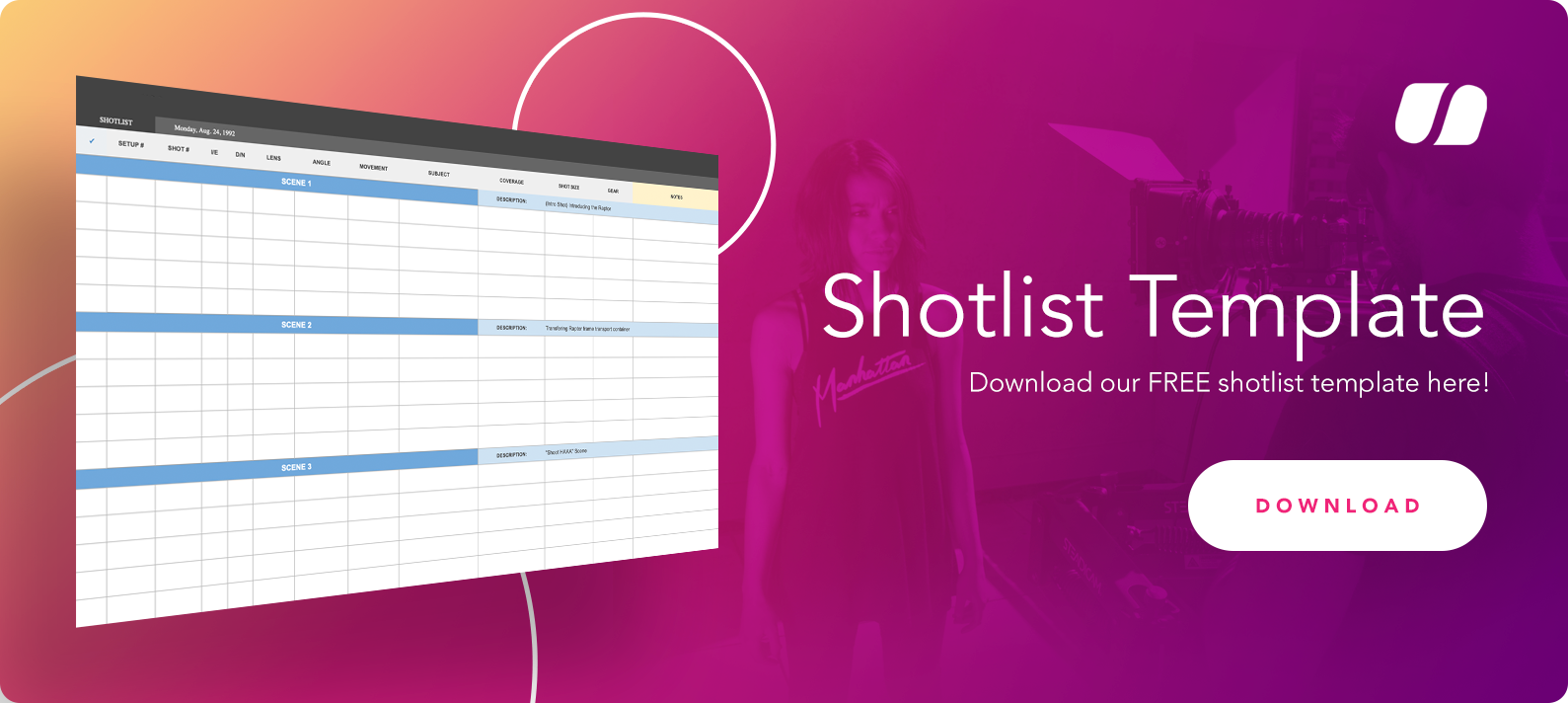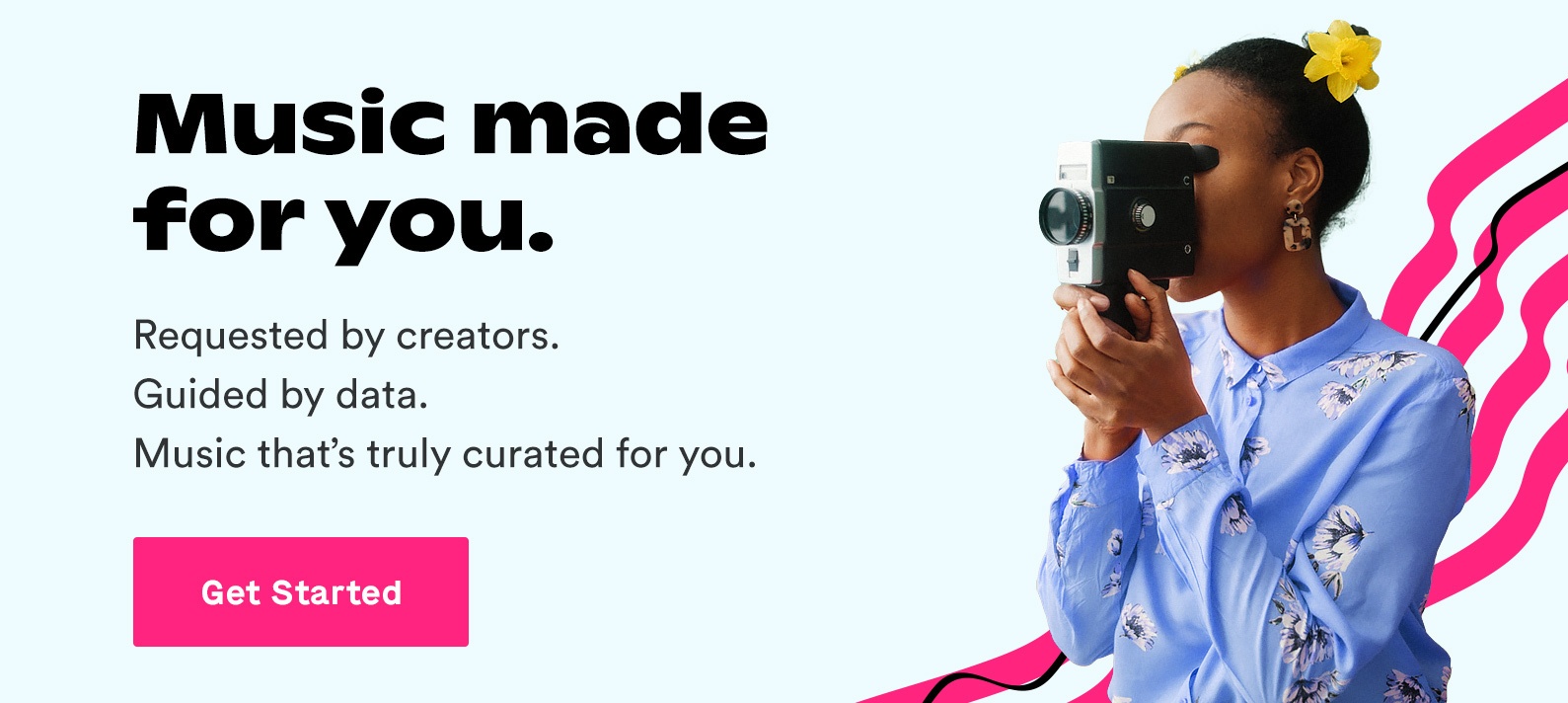Once filming for a project wraps, it’s rarely possible to organize a reshoot.
Even if the stars align and a reshoot is feasible cost-wise, doing so gives your team less time in post-production to edit the footage together and still meet project deadlines.
Whether working as a team of one or with a large crew, each person involved in the production process needs time to do their job right. This is why you, and so many other creators, become meticulous planners during pre-production.
From shot lists and storyboards to the soundtrack, you visualize how your project will come together long before stepping foot on a set. And you account for the project’s budget when deciding how much time to dedicate to each stage of production.
Maybe you plan for a month of filming and three months of post-production. Or maybe some other variation is true. One of the signature perks of the job is that you have the freedom to chart a different course than other creators.
Once production starts, you can review the captured footage immediately to see if a retake is necessary. However, even the most diligent creator is bound to run into unexpected technical and logistical issues.
Being able to adapt and respond productively to difficult circumstances is crucial in any phase of production. For this reason, many creators turn to stock footage when, let’s say, capturing an aerial shot isn’t possible or transitional footage is needed.
The creative decisions you make at the start of post-production have a direct impact on the video or film’s final form. Before you’re able to blend shot and stock footage together to perfect the final edit, you have to first create a rough cut.
Because a rough cut is foundational to the process, we’re dedicating an entire article to this very topic.
Assembly Cuts vs. Rough Cuts
The assembly cut is an important precursor to the rough cut. While the two are similar, they serve different purposes in post-production.
Video editors consult the written material on hand (i.e., the script, shot list, director’s notes, etc.) and begin the process of sorting through the mass of footage. Though stock footage might be included in the shot list, it can also be added in later on.
It doesn't matter if you're using DaVinci Resolve or Premiere Pro: This initial process of assembling the footage along a timeline is an important first step in visually linking the different shots together. The rough edits that follow give you and your team a better idea of how the project will take shape.
True to its name, a rough cut isn’t intended to be polished or perfect. Complex visual effects or sound effects are typically unfinished, or not included at all, in this stage.
A rough cut will be much longer than the finished project, and for good reason. This allows you to view the project through a wide lens and consider all of the possibilities before deciding which cuts to make next.
Stock Footage for Your Rough Cut
While stock footage can be integrated into a project at any point during post-production, being proactive about choosing the right shots takes a lot of pressure off of your shoulders.
Stock footage — whether aerial shots, establishing shots, etc. — isn’t designed to replace the footage your team captured on set. Quite the contrary, stock footage is meant to complement shot footage and create a more cohesive feel on-screen.
When making a rough cut, your team is constantly looking for gaps in the footage. If one scene jumps too abruptly to the next, the sooner you know, the better.
Even if you weren’t planning to use stock video, this type of video can help you salvage a scene at a moment’s notice if something goes wrong.
Rough Cuts for Focus Group Screenings
Some filmmakers host focus group screenings to gage the public response about the rough cut version of a film. While this approach isn’t taken by everyone, it’s an option that might be worth considering — especially when working with clients.
A focus group screening gives you the opportunity to get an outsider’s perspective on your project. However, the downside to this method is that participants may make harsh premature judgements about the final version based on what they see in the rough edit.
Though this type of response can’t necessarily be avoided, deciding to go ahead with a focus group screening can still provide you with helpful insight.
The feedback may help you identify which shots work well and which ones don’t. After spending days or weeks working on this rough cut, getting someone’s first impression on the project can help inform your team’s approach going forward.
From Rough Cut to Final Cut
To borrow from the author Alain de Botton, “...you have to forgive yourself the catastrophe of the first draft.”
Whether or not you take the focus group screening route, it’s important to remind yourself that the final version of your project will come together with continued attention and some time.
During post-production, different visual and sound elements are meeting for the first time. Storyboarding and planning inform your editing decisions, but as you work with the shot and stock footage, you might decide to alter your approach to create a specific desired effect.
The rough cut is essential to any and every type of video production because it moves you one step closer to the final edit.
Where to Find Quality Stock Footage
No two creators approach the creative process the same way.
Some creators produce short films with limited budgets and only the resources on hand. Others work tirelessly to fund, cast, direct, produce, and distribute their indie films to reach new audiences.
Having the flexibility to work around logistical issues and budget constraints is important, but not always easy to come by for creators.
For any film, corporate advertisement, or video production, Soundstripe provides creators with full access to a growing stock library of royalty-free music, video, and sound effects.
As you prepare to take on your next creative project, you can search through Soundstripe’s video library for the stock footage you need to complement your shot footage and create a project that you’re proud of.



